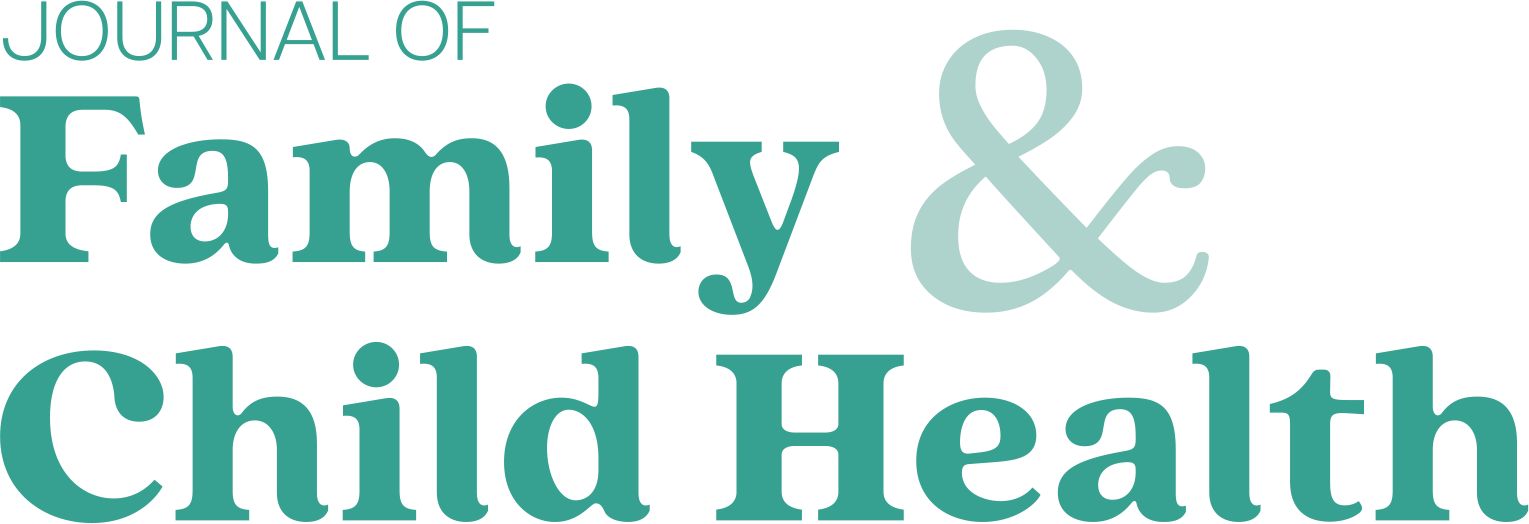References
Examining interventions to improve young deaf people's mental health: a search for evidence
Abstract
Background
Young deaf and hard of hearing people have a higher prevalence of mental health problems than their hearing peers. Little is known about mental health interventions that promote positive mental health in this population group.
Aim
To evaluate evidence of mental health interventions with young deaf and hard of hearing people.
Methods
A literature review was performed over four databases: CINAHL, Medline, Web of Science and Proquest, for peer reviewed articles written in English that focused on interventions to improve young Deaf people's mental health.
Results
The search yielded 62 papers, with none eligible for inclusion. Information did not relate directly to mental health interventions that improve young deaf and hard of hearing people's mental health or that support social and emotional behavioural issues.
Conclusions
Practitioners and researchers need to work closely with deaf and hard of hearing communities and explore what improves young deaf and hard of hearing people's mental health.
Around 96% of deaf and hard of hearing (DHH) children are born to hearing parents who have limited knowledge about deafness and Deaf culture (Moores, 2001). Deaf children who are born into hearing families and cannot make themselves understood are four times more likely to be affected by mental health problems than those with effective communication (Fellinger et al, 2009). Hearing families with DHH children receive limited information about the best routes for supporting a DHH child's language development, because of a lack of awareness in health professionals that families meet in their child's early years (Humphries et al, 2012). Research suggests there are difficulties identifying DHH children's emotional wellbeing issues compared to hearing children's, which can be a result of the variety of assessment tools used and limited generalisability (Barker et al, 2009; Vogel-Walcutt et al, 2011), with conflicting reports depending whose views are sought (for example, families' or teachers' views) (Van Eldik et al, 2004). Research studies of DHH children's mental health experiences are generally under-reported.
Register now to continue reading
Thank you for visiting Journal of Child Health and reading some of our peer-reviewed resources for children’s health professionals. To read more, please register today. You’ll enjoy the following great benefits:
What's included
-
Limited access to our clinical or professional articles
-
New content and clinical newsletter updates each month

